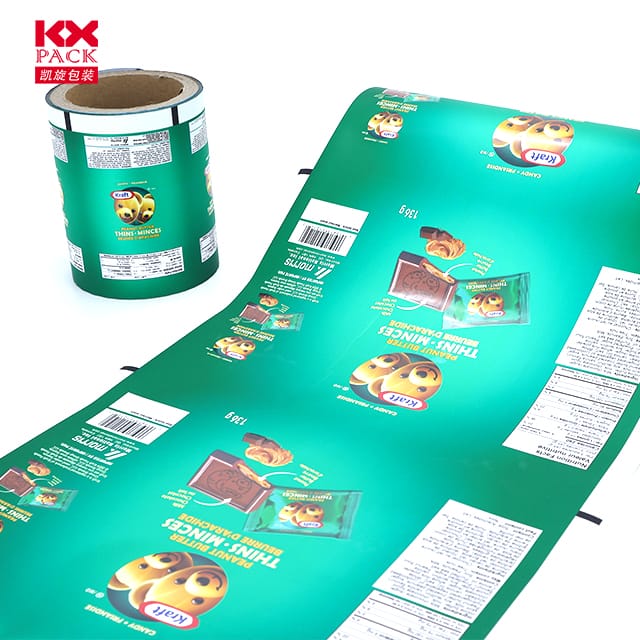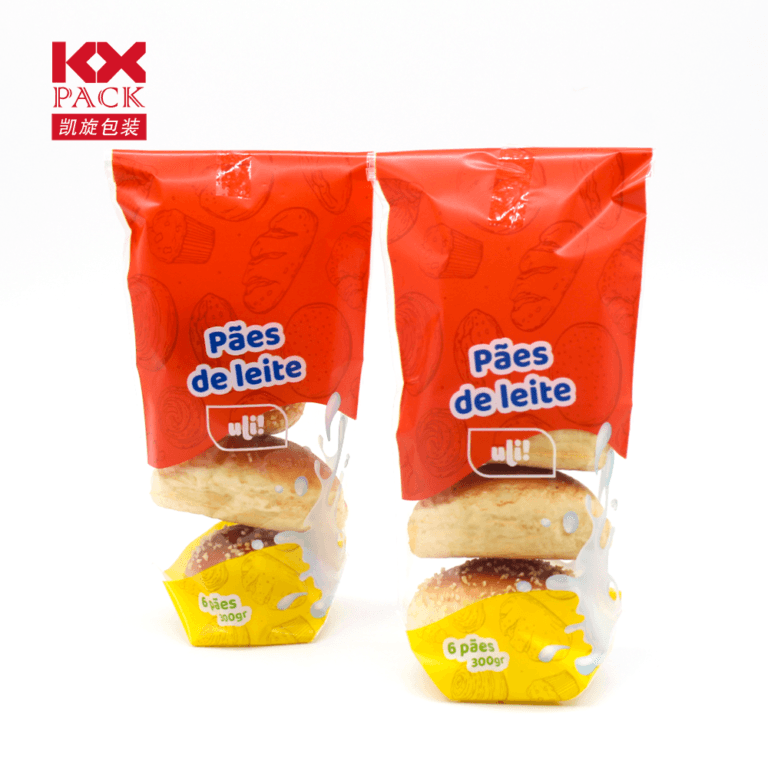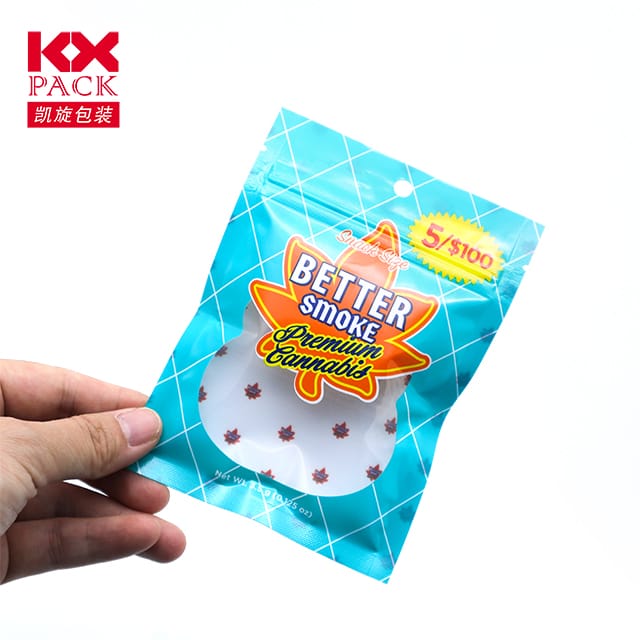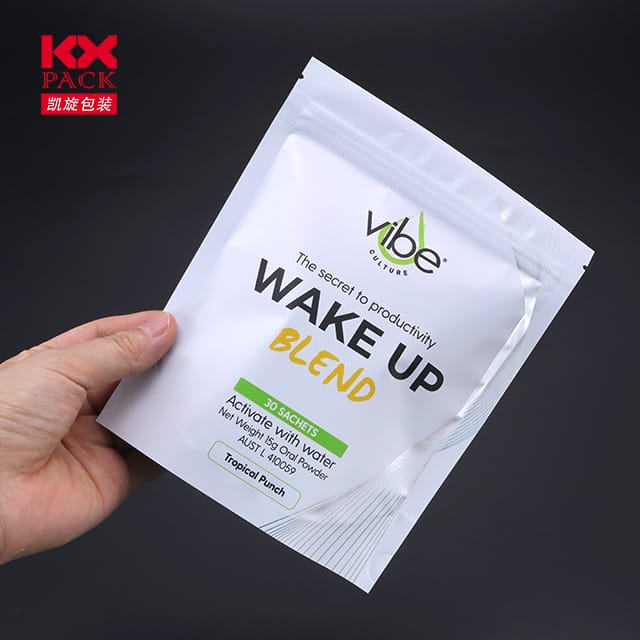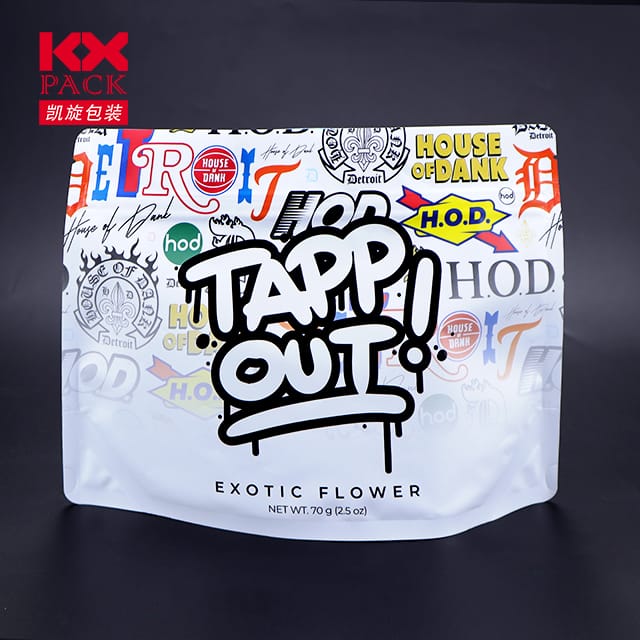The Evolution of Packaging Films: Инновации, способствующие устойчивому развитию, Функциональность, and Consumer Appeal
Упаковочные фильмы
В сегодняшнем быстро меняющемся потребительском ландшафте, packaging films play a pivotal role in preserving products, повышение узнаваемости бренда, and meeting sustainability goals. От еды и фармацевтических препаратов до электроники и электронной коммерции, these versatile materials are the unsung heroes of modern packaging. But what makes packaging films so indispensable, and how are manufacturers innovating to keep up with evolving demands? Let’s dive into the world of packaging films—exploring their types, преимущества, проблемы, и будущие тенденции.
1. What Are Packaging Films?
Packaging films are thin, flexible materials used to wrap, тюлень, or protect products. They can be made from various polymers, включая:
- Полиэтилен (ЧП): Common in grocery bags and food wraps due to its flexibility and moisture resistance.
- Полипропилен (ПП): Known for its clarity and strength, often used in snack packaging and labels.
- Полиэстер (ДОМАШНИЙ ПИТОМЕЦ): Offers high tensile strength and heat resistance, ideal for blister packs and ovenable trays.
- Биоразлагаемые пленки: Made from materials like PLA (Полилактановая кислота) or starch blends, targeting eco-conscious markets.
- Multi-Layer Films: Combining different polymers to optimize barrier properties (НАПРИМЕР., кислород, влага, свет) for extended shelf life.
2. Key Functions of Packaging Films
Modern packaging films do much more than just contain products. They serve multiple critical roles:
- Защита: Shielding items from contamination, влага, Ультрафиолетовые лучи, и физический урон.
- Сохранение: Extending shelf life for perishables like fresh produce, мясо, and pharmaceuticals.
- Удобство: Enabling easy-to-open, заповедуемый, or single-serve packaging formats.
- Branding: Providing a printable surface for logos, product info, and eye-catching designs.
- Устойчивость: Reducing waste through lightweighting, возможность вторичной переработки, or compostability.
3. Innovations Shaping the Future of Packaging Films
The packaging industry is undergoing a transformation, driven by consumer demand for sustainability and advanced functionality. Here are some game-changing trends:
А. Устойчивые альтернативы
- Биоразлагаемые и компостируемые пленки: Brands are switching to plant-based materials to reduce plastic pollution. Например, Coca-Cola and Nestlé have trialed compostable coffee pods and snack wrappers.
- Переработанный контент: Использование пост-потребителя переработана (ПЦР) plastics in film production to close the loop.
- Paper-Based Hybrids: Combining paper with a thin plastic barrier for recyclability without sacrificing performance.
Б. Smart Packaging Films
- Активная упаковка: Пленки, встроенные с антиоксидантами, Антимикробные агенты, or oxygen scavengers to prolong freshness.
- Intelligent Films: Temperature-sensitive indicators, QR -коды, or NFC tags for traceability and consumer engagement.
- Улучшения барьера: Nanotechnology-coated films that block gases and odors more effectively than traditional materials.
С. Lightweighting and Efficiency
- Тоньше, Stronger Films: Advances in polymer science allow for down-gauging (reducing thickness) without compromising strength, saving material costs and reducing environmental impact.
- Mono-Material Structures: Simplifying recycling by using a single type of polymer instead of multi-layer blends.
4. Challenges in the Packaging Film Industry
Despite innovations, several hurdles remain:
- Стоимость против. Устойчивость: Eco-friendly materials often come at a higher price point, making adoption slower for budget-conscious brands.
- Утилизация инфраструктуры: Many biodegradable films require industrial composting facilities, which are scarce in some regions.
- Performance Trade-offs: Some sustainable films may lack the barrier properties or durability of conventional plastics.
- Regulatory Complexity: Navigating global regulations on plastic use, маркировка, and waste management.
5. Потребительская перспектива: What Do Shoppers Want?
Today’s consumers are more environmentally aware than ever. Surveys show:
- 70% of shoppers prefer brands with sustainable packaging.
- 60% are willing to pay more for eco-friendly options.
- Transparency matters: Consumers want clear labels about recyclability and compostability.
Brands that prioritize sustainability—without sacrificing convenience or aesthetics—are winning loyalty.
6. Дорога впереди: A Circular Economy for Packaging Films
The future of packaging films lies in aкруговая экономика model, where materials are reused, переработан, or composted. Key strategies include:
- Дизайн, пригодный для вторичной переработки: Creating films that are easy to separate and process.
- Сотрудничество по всей цепочке поставок: Working with recyclers, policymakers, and retailers to improve infrastructure.
- Investing in R&Д: Continuously innovating to bridge the gap between performance and sustainability.
Заключение: Packaging Films in a Sustainable World
Packaging films are at a crossroads—balancing the need for product protection with the urgency of environmental stewardship. As technology advances and consumer expectations evolve, the industry must adapt to deliver solutions that are both functional and future-proof.
What’s your take on packaging films? Do you prioritize sustainability when shopping, or do you think there’s room for improvement in eco-friendly options? Поделитесь своими мыслями ниже!


